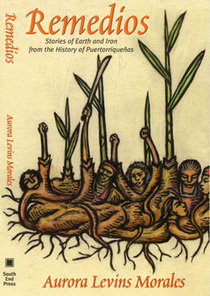In our Rhetorics of Craft course, the last reading of the semester was Chris Anderson’s Makers: The New Industrial Revolution. At first glance, it seemed to be appropriate to read this book, based on our focus on making. However, the book did not really delve into theoretical understandings of making and what that means for a study of arts and crafts. Instead, Anderson draws from his experiences working for The Economist and as a current editor in chief of Wired to expound upon the economic possibilities that makers in the digital age have to contribute to a “new industrial revolution,” wherein micro-manufacturing techniques are changing from the landscape of large factories targeting mass consumers to a more specific and customized niche-production processes. In spite of the thorough reliance on the digital, Anderson uses a variety of examples and is able to express his views on a sort of ‘American dream’ ideology that is afforded by making.
He starts his book with the story of how his maternal grandfather, who emigrated from Switzerland, was able to invent a timer for water sprinklers back in the 1940’s. This allows him to personalize his views on entrepreneurial ventures in modern-day U.S. specifically, but his consideration of crowdsourcing and the main manufacturing contexts necessitate a consideration of international contributors to the production of particular products, mostly electronic inventions. Not only is he concerned with the software, or bits, but also in the hardware, or atoms that go into the production of products such as the iPhone, customized cars, and new credit card payment systems, among many others. Overall, these are all products that produce capital, and that contribute to the capital system in which we live (for better or worse). It was hard for me to read about the development of all of the inventions that he refers to, as fascinating as the process can be, without thinking about critiques of an exploitative system that favors consumerism over humanitarian projects. Still, Anderson refers to Clay Shirky’s “cognitive surplus” to explain the rise of new models of design and production that prefer open-innovation communities and connect them to latent supply and demand. Recognizing the name from a reading that I assigned last summer, I went online to look for more information on Shirky’s concept.
In this TED talk, Shirky makes a more nuanced argument about the potentials of creativity. He provides the example of the development of Ushahidi, a web source that can track reports from the Web and SMS messages, aggregating them and putting them on a map, which has been used to map disaster relief in Haiti after the earthquake, among other humanitarian endeavors. He also refers to creating lolcats, and indicates that both of these are examples of cognitive surplus in action. Both of them are example of the potentials of creativity. This reminds me of what Jana asks in her blogpost about the book. Her focus on materiality and the potential of making, and of the potential of using objects to make is one that I find extremely relevant for the purpose of this course, and for our teaching in general. By using Shirky’s example, I am simply trying to extend her question to ask: what kind of potential are we thinking about? How are we going to use that creativity? What is the goal of developing our craft?







